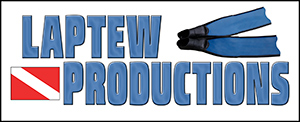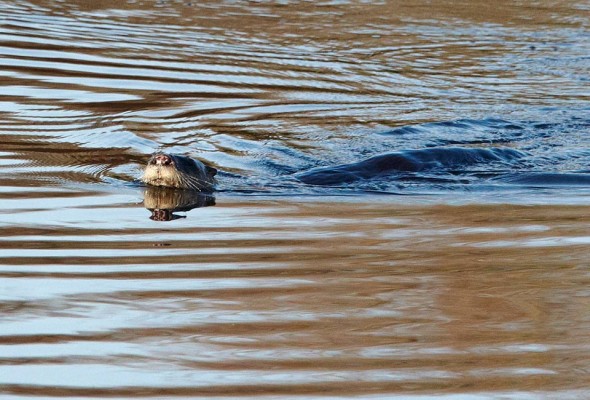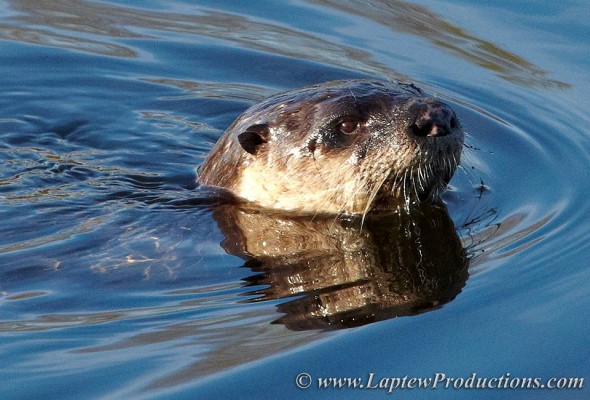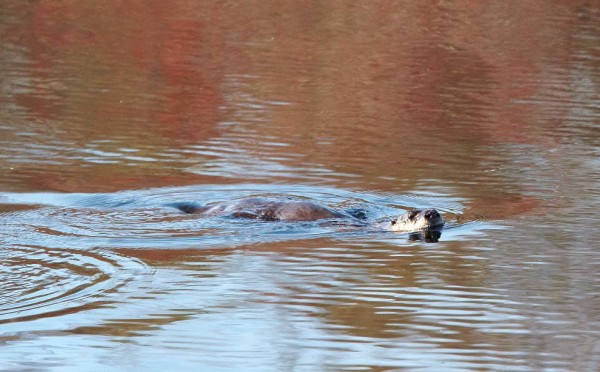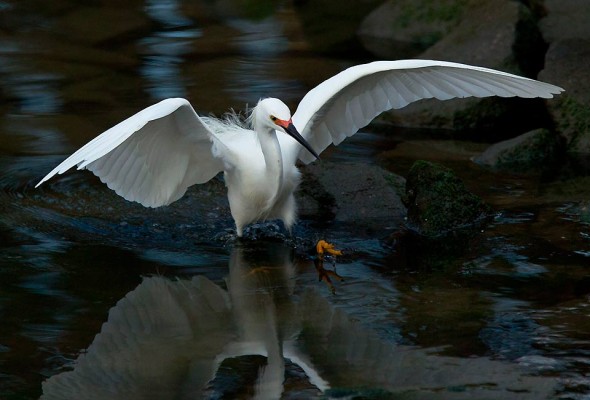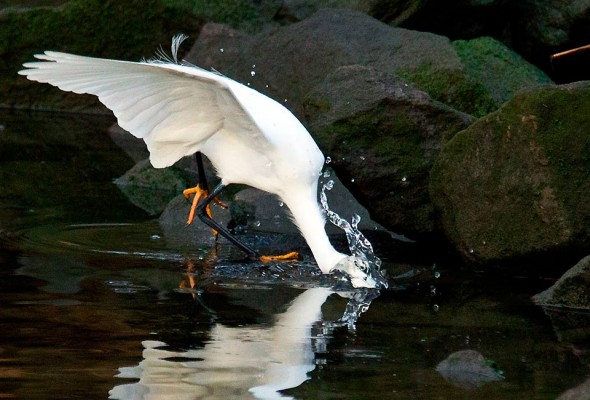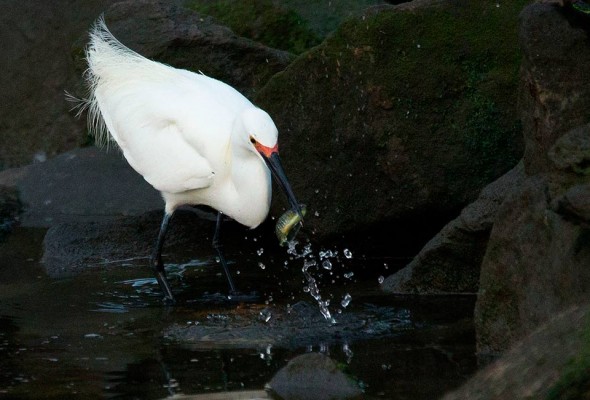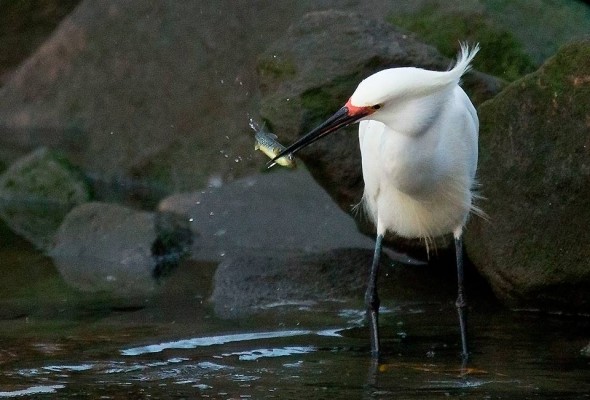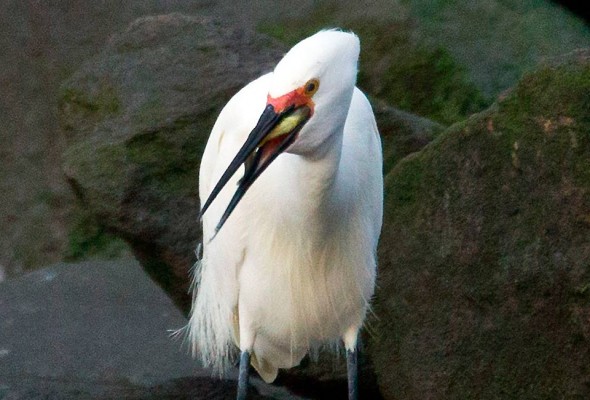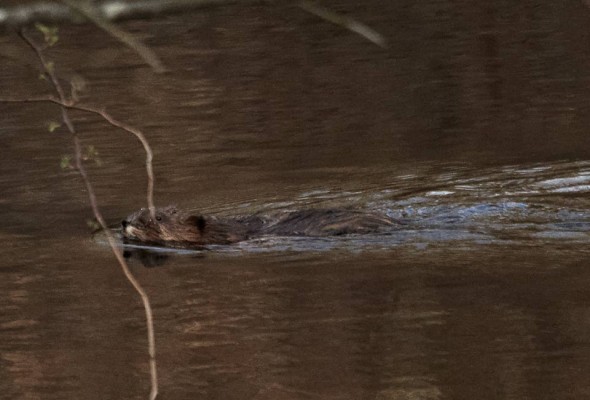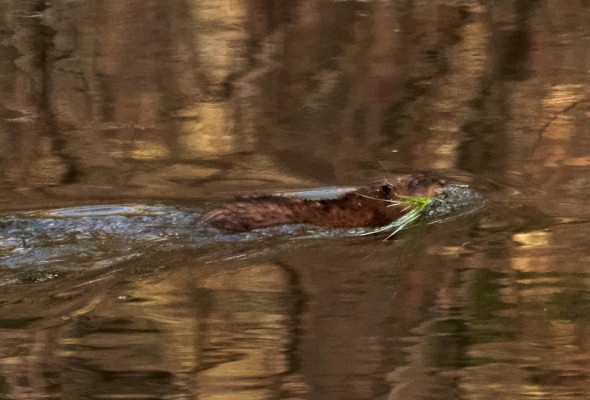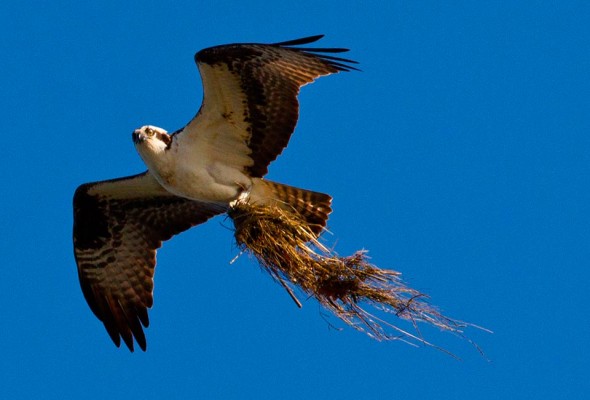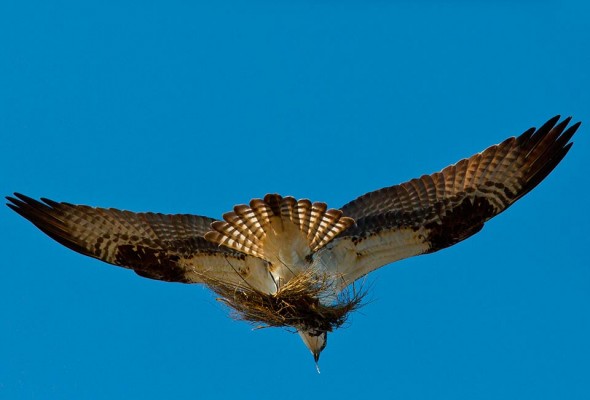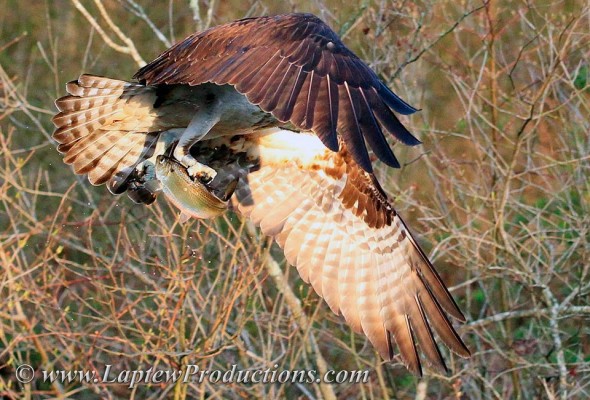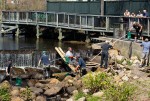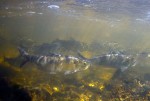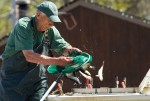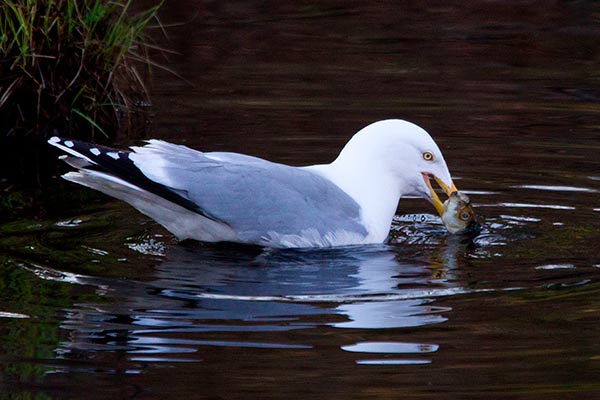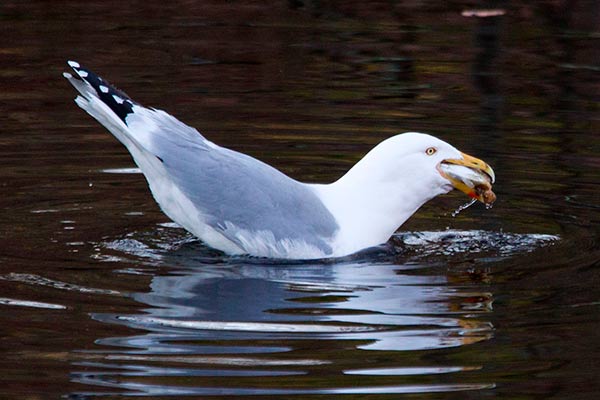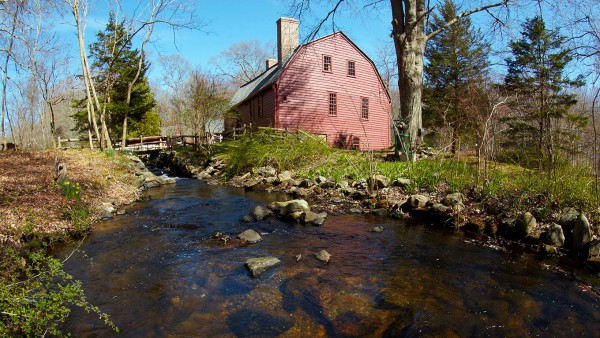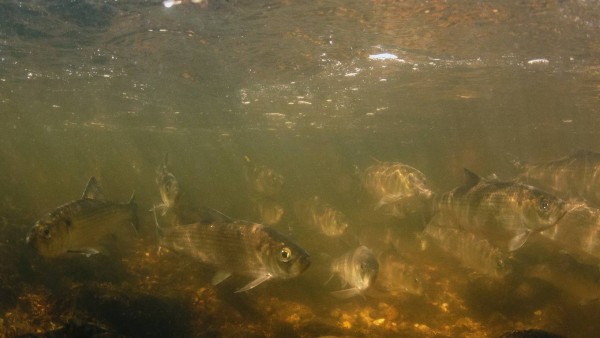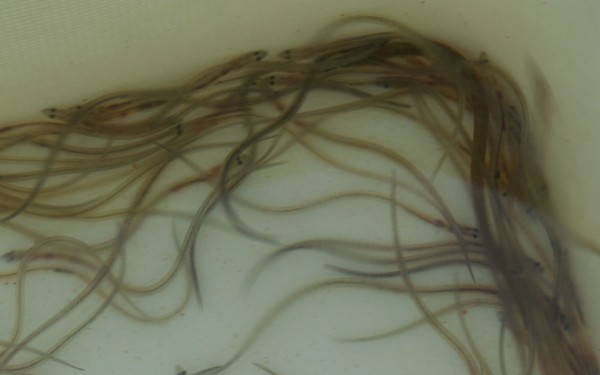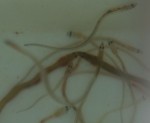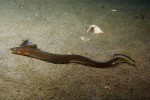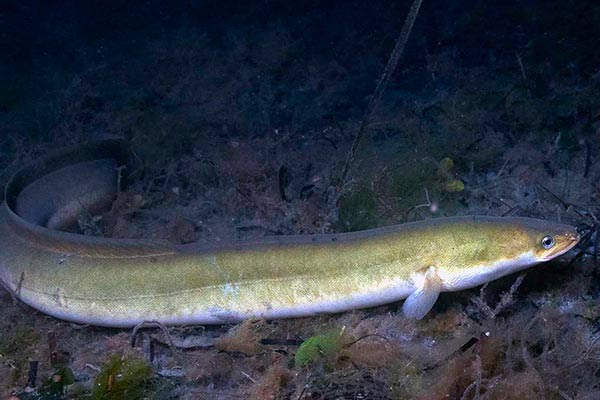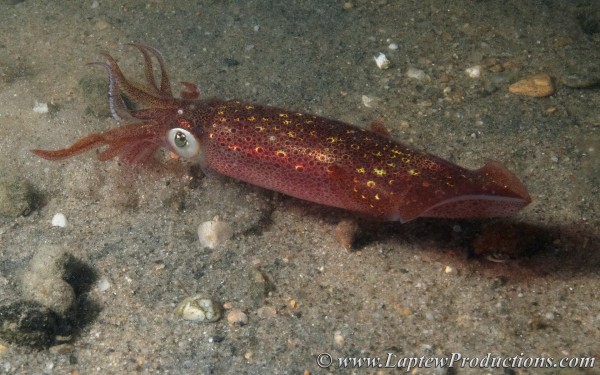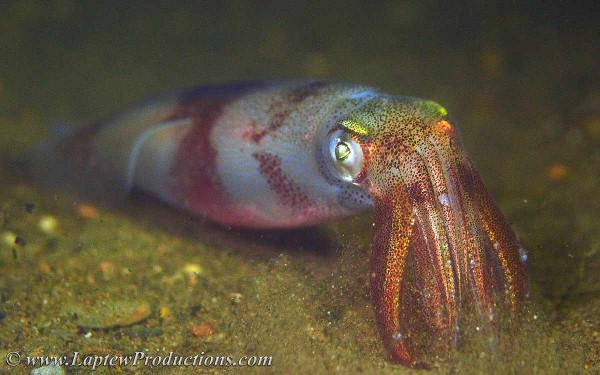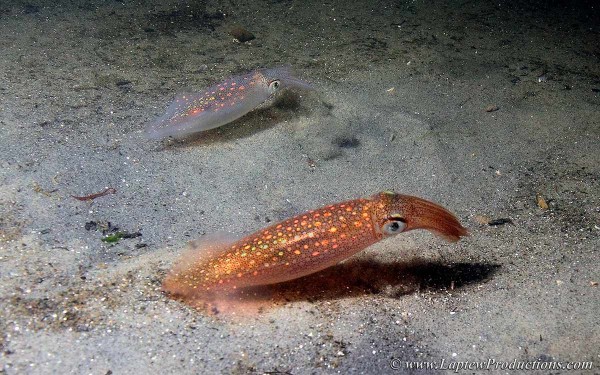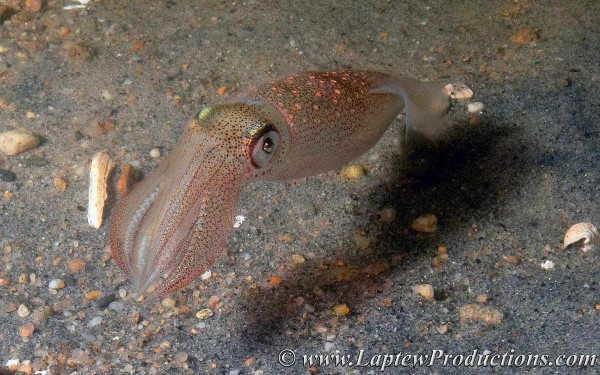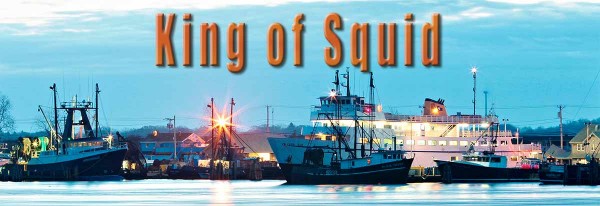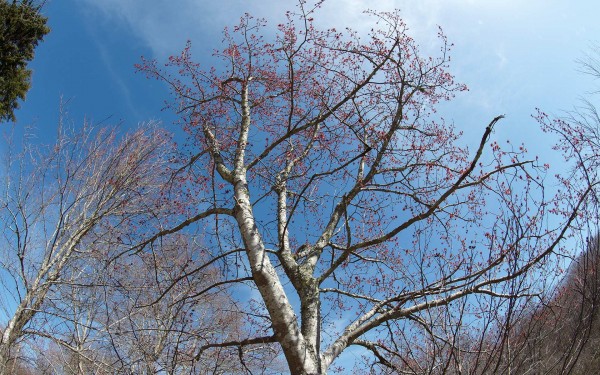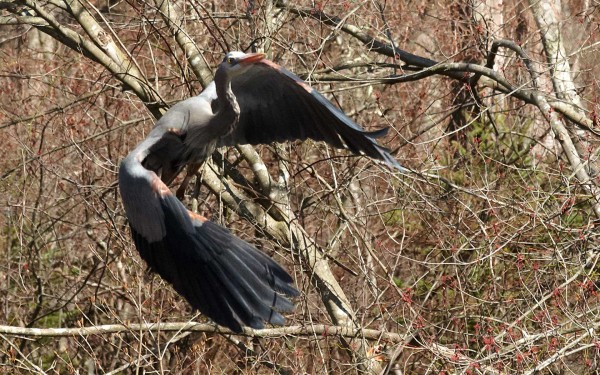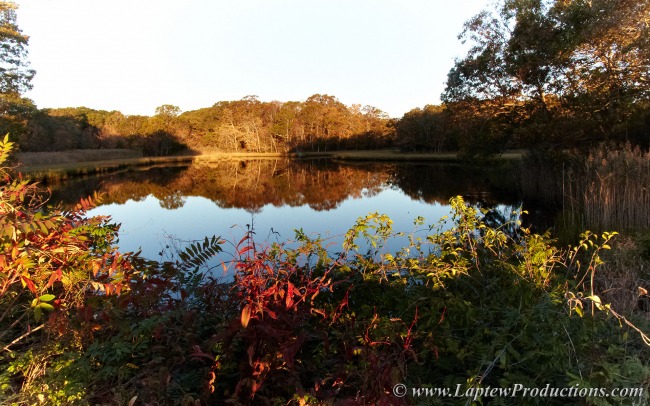Tag : Rhode Island
Laptew Chronicles
Rhode Island’s Web of Life
Part 1
River Otter
River otters can live 10 to 20 years. These three and half to four foot long mammals depend on clean water and a healthy supply of fish, frogs, snakes, mice, birds, crayfish and mussels.
River otters digest and metabolize food so quickly that food passes through their intestines within an hour.
Click to enlarge any of these images
Snowy Egret
The snowy egret stalks the marshes, coves and rivers for small bait fish such as mummichog, spearing, sand eel or sand lance
Muskrat
These semi-aquatic rodents feed primarily on aquatic plants and they can be found in slow-moving-streams, coastal and freshwater marshes, lakes, ponds and swamps.
They are prodigious and can produce up to 3 litters per year, each with 6 to 7 young. Breeding takes place from late March through July.
Osprey – The Fish Hawk
When the ospreys return to Rhode Island they start tidying up their nests with sticks and grass. Osprey mate for life and return to the same nest year after year.
River Herring
Alewives and blueback herring have an enormous impact on the environment and they are a vital component to the food chain.
A group of volunteers help the Rhode Island Dept. of Fish of Wildlife scoop out and transport herring to an aerated truck. These herring will be transferred to the Pawcatuck watershed where they will fortify 1300 acres and 8 stream miles.
Check back for Rhode Island’s Web of Life – Part 2
Not all herring gulls are at the landfill
It’s nice to see a herring gull actually eating a river herring and not a french fry.
With an expandable throat, these most common of all the “seagulls” in our area, are quite capable of wolfing down an entire river herring.
Headwaters of the Pettaquamscutt or Narrow River
Anadromous Fish Return from the Sea to Spawn
Catadromous Species Spawn at Sea and Their Offspring Journey into Freshwater
After hatching in the Sargasso Sea, “glass eels” or elvers infiltrate streams, creeks and marshes in Rhode Island
These resilient animals can live over 20 years in our ponds and lakes before heading back to the Sargasso Sea to spawn and die
This pair of fish-hawks mate high above the Narrow River, also known as the Pettaquamscutt River. After mating, the male osprey scoured the area looking for suitable nesting material. I hope he finds enough river herring to support his future nestlings.
Will the Longfin inshore squid (Loligo pealeii) spawn early?
I’ll be diving this week to see if I can find the first wave of squid to invade Narragansett Bay for the 2012 squid spawn.
Last year was a mad rush for these valuable eatables, with draggers from all over—some of staggering proportions and horsepower—pummeling the south shore beaches relentlessly, April into July.
Why?
Squid landings amounted to six times the volume of lobster that crossed the Ocean State docks last season, but both generated roughly the same revenue: $12.4 million.
By some estimates, Rhode Island’s commercial fleet produces the largest volume of domestic squid landings on the Eastern Seaboard (some would suggest that Cape May, NJ comes close). Pretty impressive for what once was an underutilized resource (a kiss-of-death designation that generally transitions—at a breakneck clip—to “fully exploited” and soon thereafter to “crashed” or “collapsed”).
Point Judith is now the Loligo squid capital of the Eastern Seaboard—its product regarded as among the world’s finest, and in constant high demand, particularly in southern European and Asian markets.
For what it’s worth, the old exit sign off Route 1 to Galilee once designated the port the
“Tuna Capital of the World.”
Learning the routine of fish and fowl is the first step to getting interesting imagery
The woods are still pretty barren, but most trees are about to bud and it won’t be long before their full size leaves once again shield the animals of the forest from casual view.
It’s taken a little while, but I’ve got the timing pretty well pegged for finding Mr. Blue either feeding or rousting for the evening. It’s great that indeed these are “creatures of habit.”
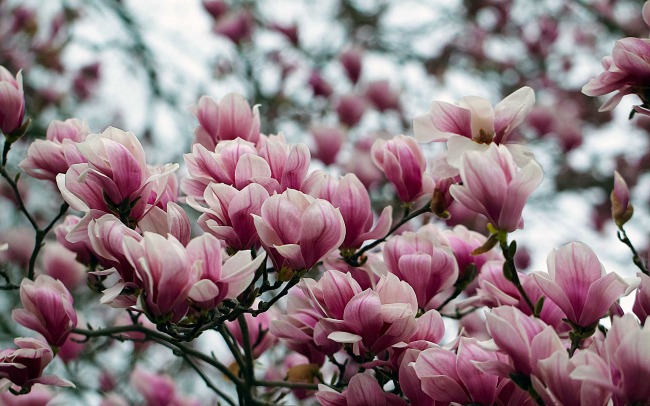
Magnolia Blossoms in Wickford, Rhode Island At the tail end of the unseasonably warm weather I caught the blossoms at peak and just before the cold snap last night. The forsythias are fully flowered — this photo was taken March 24 — that’s early! Let’s not forget the daffodils.
Snow forecasted for this afternoon. I wonder where these river herring are right now? I will project that the first river herring will be seen the second week of March at Gilbert Stuarts birthplace and museum.
